Creative Commons photo posted to Flickr by Mdiocuh Galeals
Last week, while attending the annual Natural Products Expo East in Baltimore, an annual lovefest of companies and individuals in a growing sector of the economy that I always find enjoyable, I decided to squeeze in another gathering – a random waste symposium in New York. As I entered the New York Harvard Club, however, I immediately began to have second thoughts. Why I had even bothered with such an event? Was it worth ‘wasting’ an entire Saturday, especially one that I could much more easily have spent in the company of old friends and acquaintances in a comfortable and familiar setting?
I was welcomed with a name tag and a green folder and assigned to table 7. As I sat there, it dawned on me that I only knew one person in the entire room. I also had no idea what the purpose of the symposium was or even what its name – the “Third Annual Informal Waste Sector Conference” – signified. Then came the speakers.
The first painted an intriguing picture of how health problems like HIV and cholera were actually related to waste removal and sanitation – an issue that does not get anywhere near the attention it deserves. In fact, he maintained that the number one thing we can do for the health of the world’s population is to provide sanitary systems to process waste. The conference very quickly began to take on a different light when the speaker noted that there currently exist more than a million dump sites in various countries that pose the threat of disease, and that 3.5 billion people still lack a basic infrastructure for waste handling.
But then came the really exciting part: the realization of just how much this conference meshed with one of my own personal goals. It hit me the minute I became aware of what “informal waste sector” really stood for – the informal worldwide network of “waste pickers” or “street pickers.” The reason this proved to be such a pleasant surprise is that all of my thoughts as they relate to bolstering recycling rates – even in the developed countries like the U.S. – are focused on the role of such “pickers,” those individuals who actually mine waste streams as a livelihood. Just about everywhere in the world, you can find members of this group, who number in the millions, collecting plastic, aluminum, cardboard and any other material of value they can find and sell. (In some Third-World countries, they even live adjacent to landfills where they can ply their trade on a daily basis.) Just think how powerful this group would be to organize in a way that recognizes their role in the global recycling system and utilizes their home-grown expertise at recovering these precious resources!
Even in places like West Hollywood and Santa Monica, anything of value placed atop the recycling bins will be gone within half an hour. The waste pickers there, in fact, have developed regular routes, and many of the ones who operate in my own neighborhood wear apron-type uniforms, consisting of a denim apron and a white apron (yes, white). In addition, their timing is perfect – they know the collection schedule, and are more familiar with the territory than the trash haulers with their GPS systems.
What this particular conference did was to solidify my determination to develop and implement programs aimed at uniting the formal and informal recycling infrastructures by recruiting and organizing these eco-extractors, complete with uniforms, benefits and the ‘formal’ status and recognition they truly deserve. While it turns out that doing so would currently be illegal in California, it is exactly what is needed in non-bottle-bill states in the U.S. and in countries like Mexico, India and especially Brazil.
You can get involved by visiting www.wasteresources.org and helping in one of the key actions that needs to take place – mapping global unsanitary dump sites, particularly since providing these “pickers” with healthy working conditions should be one of our primary considerations.
